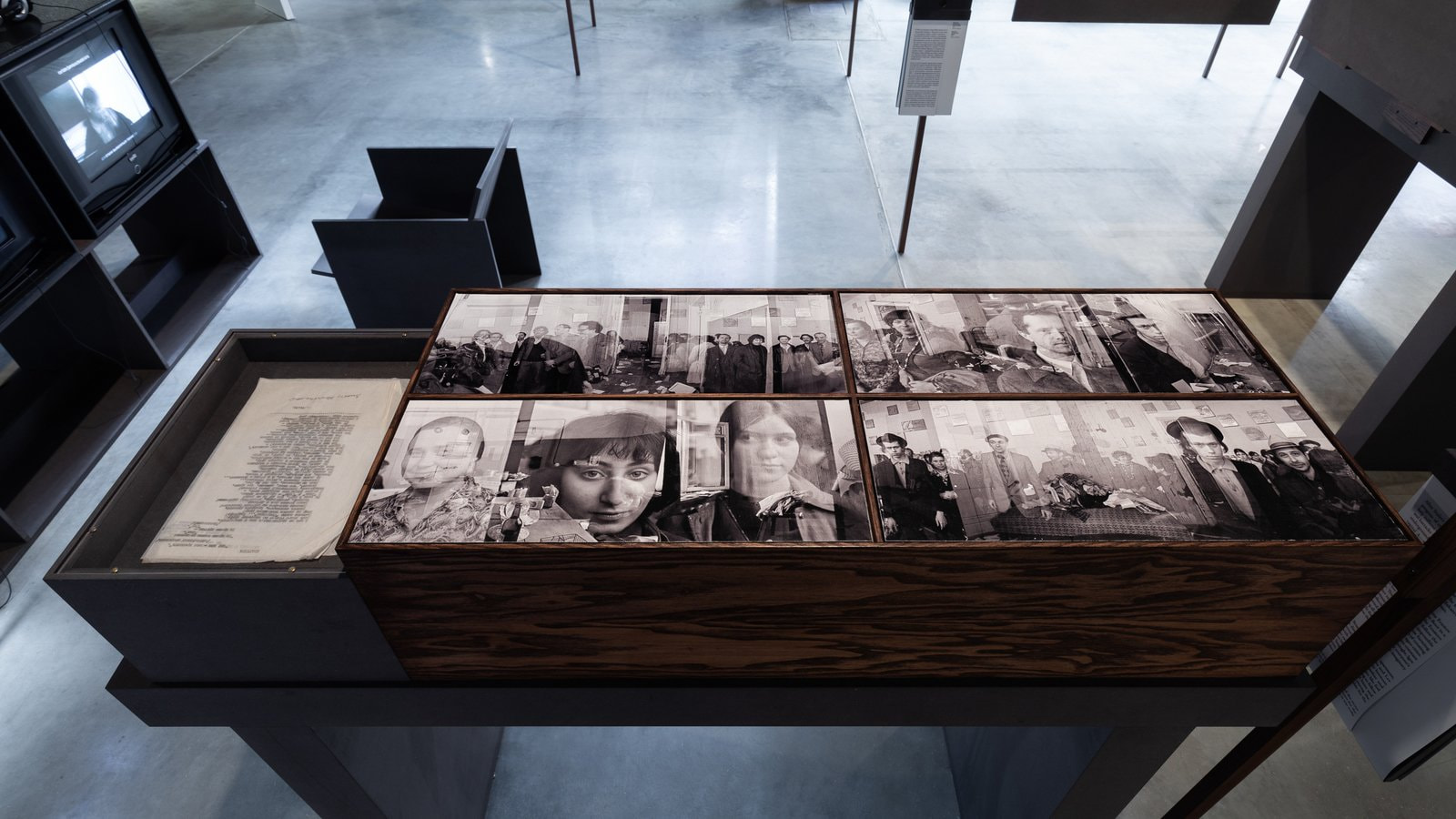Sekretiki No. 24. Apartments of the Underground
After Stalin’s death, the Soviet Union launched a program of construction of cheap panel housing to help millions of people to leave the communal flats and barracks where they lived. But the legendary underground Apartments—apartments with a capital A—were never located in these newer buildings. They occupied the vast square meters of old, pre-revolutionary or equally spacious Stalinist- era buildings. This is what the home of the Erastov family was like, where the artist Igor Makarevich showed up for the first time as a young man.
The huge family of Konstantin and Elena Erastov and their seven children occupied an entire floor in a two-story house. As devoted Tolstoyans, the Erastovs had even tried to live in the country and follow the writer’s doctrine. This turned out to be impossible in the Khrushchev era, as the fight against farming communities continued, with the intention of creating not just larger collective farms but entire agro-cities. The Erastovs returned to Moscow. There were constant guests representing all shades of dissident thought. Igor Makarevich recalls that in their apartment everyone’s favorite hobby was the idealization of the imaginary West.
Chemist Natalia Braude recalled another apartment, the home of the dissidents Raisa Orlova and Lev Kopelev. “Conversations were like bouts between good fencers, with phrases, jokes, familiar and unfamiliar names swishing past one’s ears like foil blades. Newcomers like me struggled trying to follow dialogues in the language of unfinished hints and cryptic expressions, already common among the apartment’s regulars but incomprehensible for the uninitiated.”
From the mid-1970s, the inhabitants of the secret apartment worlds began preparing to leave for the other world, the West, to find out what it was really like. Peter Weill and Alexander Genis produced a list of locations appropriate for the intelligentsia and bohemians of the Soviet empire, who had finally convinced themselves of their own politics and of the illusory nature of the revolution’s democratic ideals: “in the stoker’s basement, in an exile village, in a guard’s booth, in a suburban barrack, and finally in emigration.” The Erastovs emigrated in 1979, looking not only for freedom of assembly but also for freedom of action, speech, and conscience. Wakes and leaving parties for those moving abroad were pretty much the same at the time, according to witnesses. Makarevich went to Sheremetyevo airport with some friends, where he photographed petrified faces: no one believed that they would meet again. Later, he went back to Bolshoi Gnezdnikovsky Lane, to the Erastovs’ apartment, which was later demolished together with the house. He photographed the walls, covered with hundreds of random texts ranging from (comically) philosophical to (comically) anti-Soviet. But Makarevich had forgotten to change the film, and the faces of friends bidding farewell to the Erastov family showed through the wallpaper, like a store window. People seem to be peering into the wallpaper, placed behind a museum vitrine.
